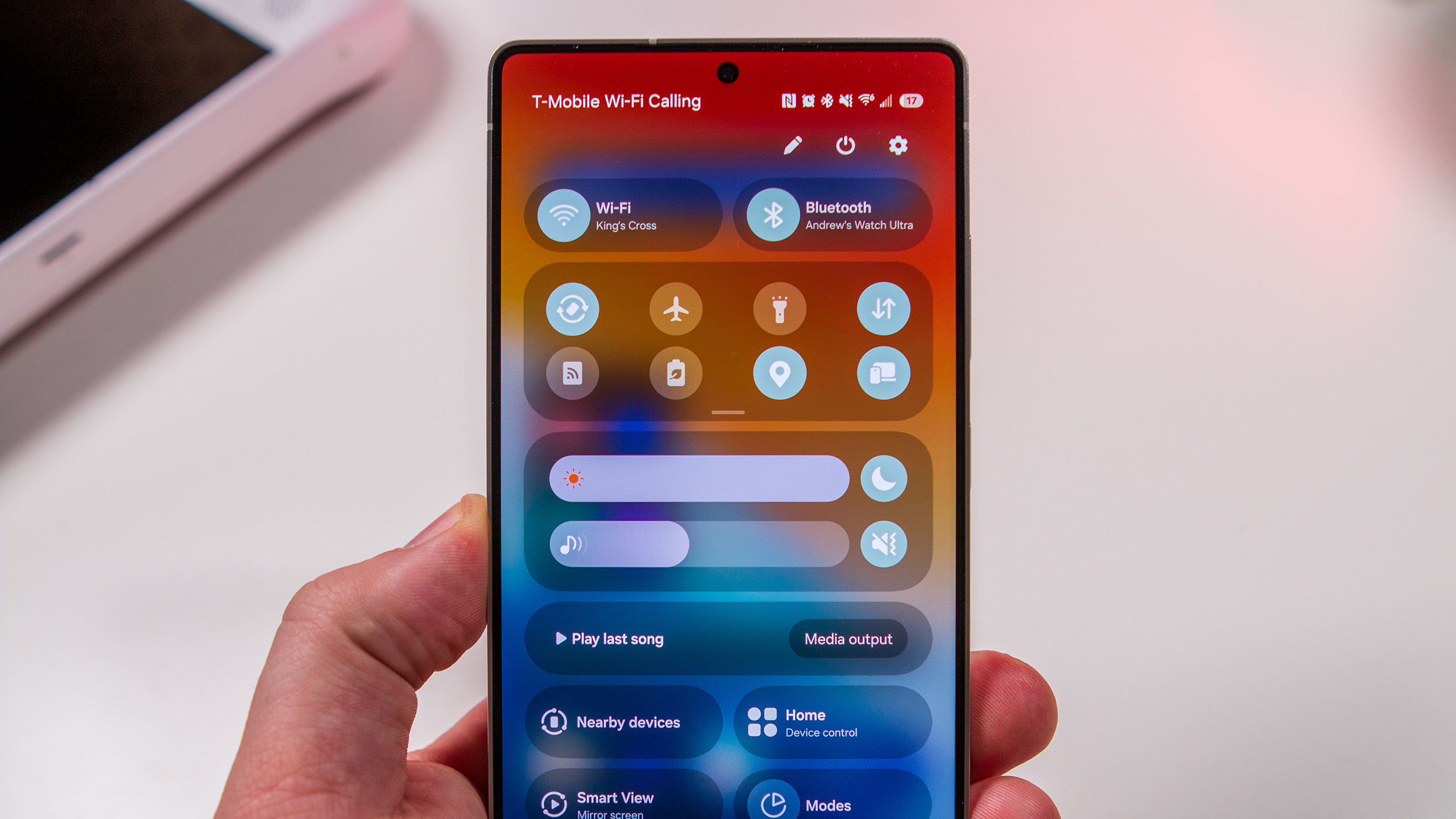Gingerbread developers have new toys to play with
There's a lot going on new in Gingerbread from the end user perspective, but there's just as much new behind the scenes, and the real meat and potatoes lies with the core changes that developers can use to make a great thing even better. While there's bound to be countless small changes, we can have a look at the major changes and what they mean to us non-developers
New base Linux kernel version
Starting at the bottom of the Gingerbread pyramid, the Linux kernel has been updated to 2.6.35. This is the kernel version that third-party ROM developers have been using for a while, and it provides more stability and speed. Look for the new stock kernel to show some of the improvements we're used to from custom kernels in use today.
New media framework
OpenCore (the current Froyo media framework) has been completely replaced. All the previous codec support has been maintained, and support for new technology like VP8 video compression, and WebM video containers has been implemented. Gingerbread is set up and ready to keep pace with the newest audio and video files as they are produced.
Networking
Besides the new SIP calling stack, and Near Field Communication support we're all talking about, there's a new BlueZ stack in Gingerbread. Bluetooth 2.1 support means better Bluetooth performance across a wide array of BT devices. That's something we all will love to see.
Get the latest news from Android Central, your trusted companion in the world of Android
The Dalvik runtimes
There has been quite a few improvements to the Dalvik virtual machine (that's what was improved with a just-in-time compiler (JIT) in Froyo and makes things fast). For the end user, all we really need to know is that it should run a little faster, especially while rendering web pages. Here's the full list of changes for the hardcore Android geeks:
Dalvik VM:
- Concurrent garbage collector (target sub-3ms pauses)
- Adds further JIT (code-generation) optimizations
- Improved code verification
- StrictMode debugging, for identifying performance and memory issues
Core libraries:
- Expanded I18N support (full worldwide encodings, more locales)
- Faster Formatter and number formatting. For example, float formatting is 2.5x faster.
- HTTP responses are gzipped by default. XML and JSON API response sizes may be reduced by 60% or more.
- New collections and utilities APIs
- Improved network APIs
- Improved file read and write controls
- Updated JDBC
Updates from upstream projects:
- OpenSSL 1.0.0a
- BouncyCastle 1.45
- ICU 4.4
- zlib 1.2.5
This is just the tip of the iceberg folks. There's a whole slew of API changes that give developers direct OS support for things like front facing cameras, gyroscopic sensors, and better OpenGL support. If you want to get dirty and check them all out, head to the source link. [Android Developer Highlights]

Jerry is an amateur woodworker and struggling shade tree mechanic. There's nothing he can't take apart, but many things he can't reassemble. You'll find him writing and speaking his loud opinion on Android Central and occasionally on Threads.
